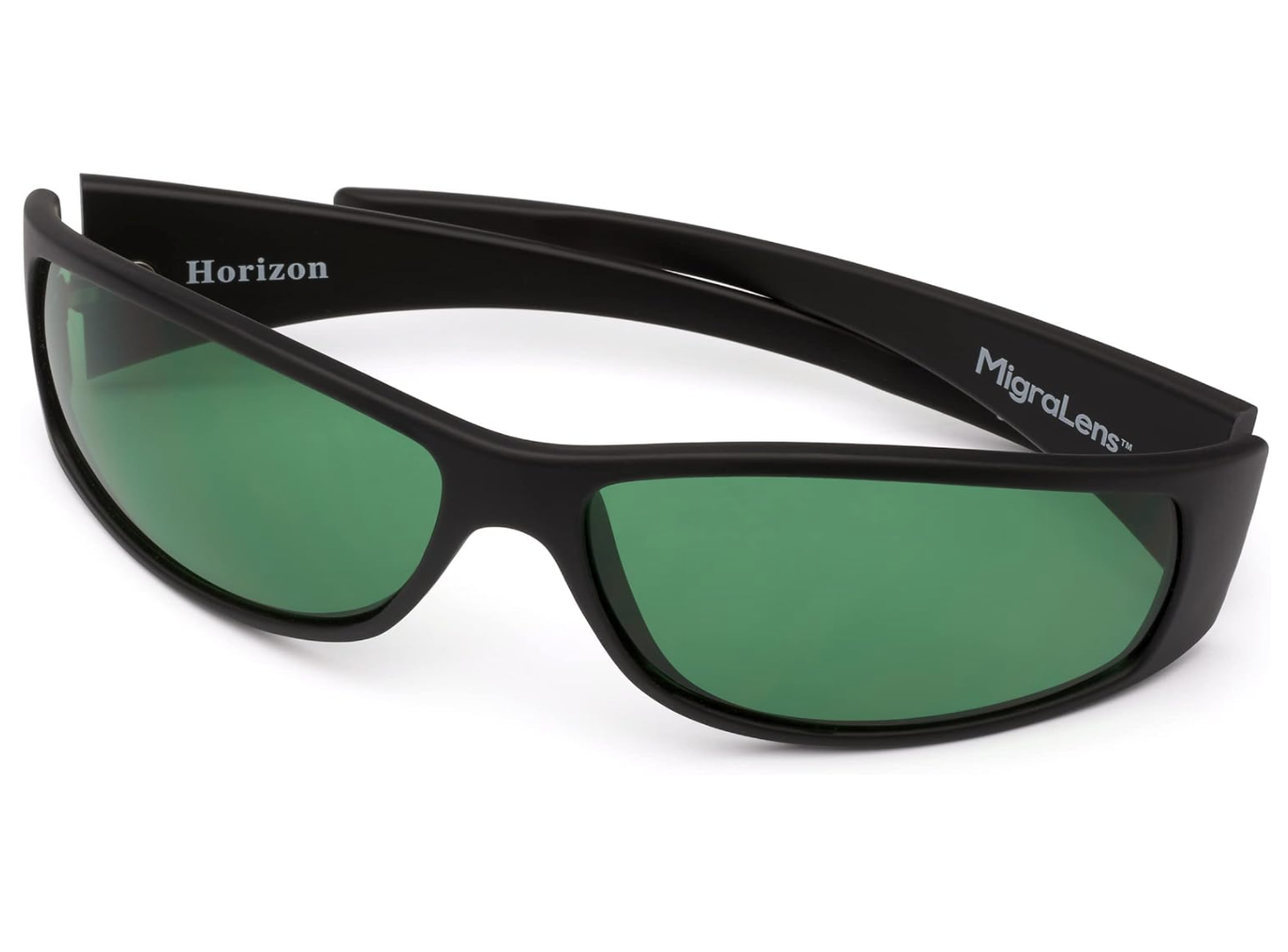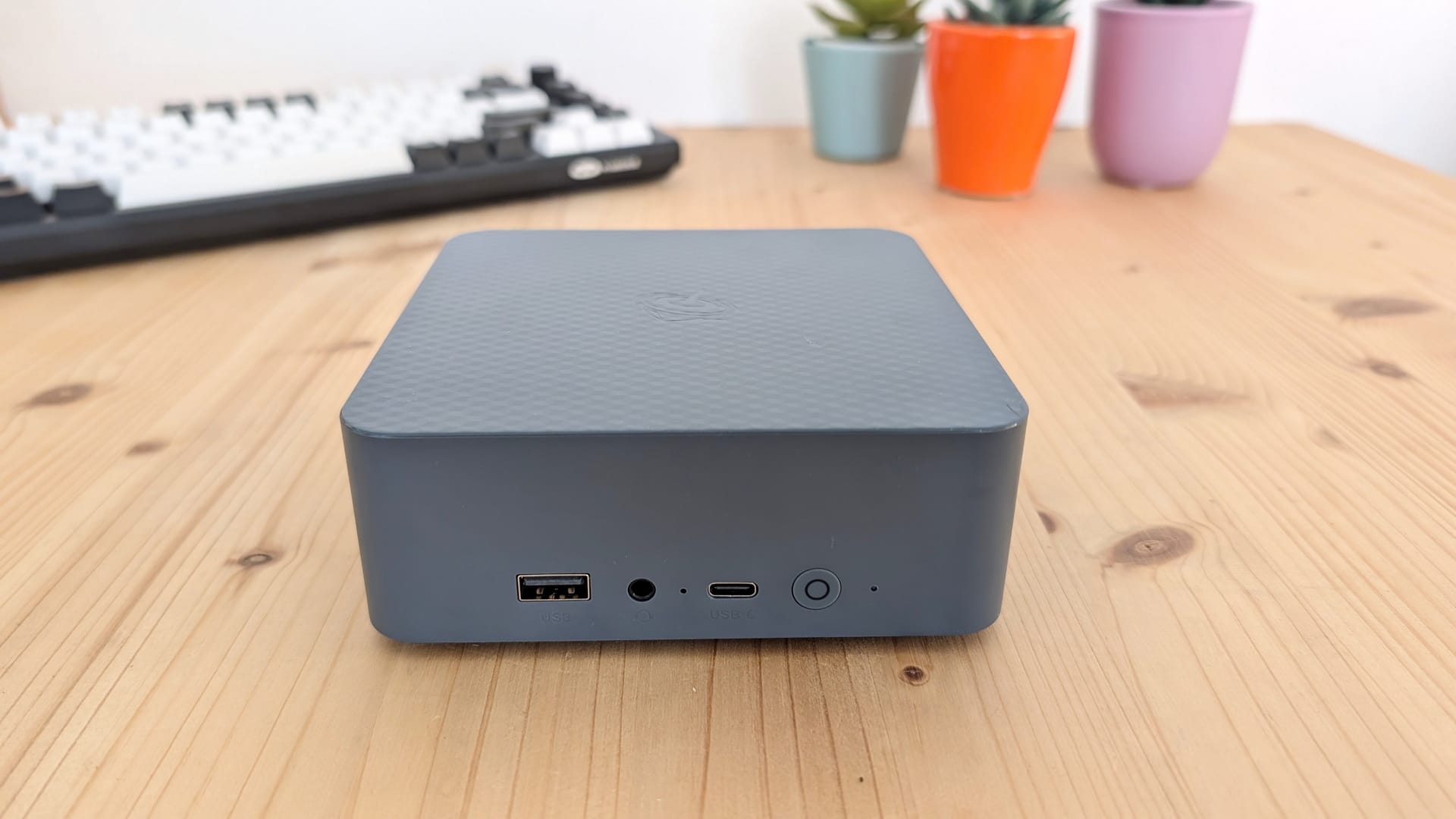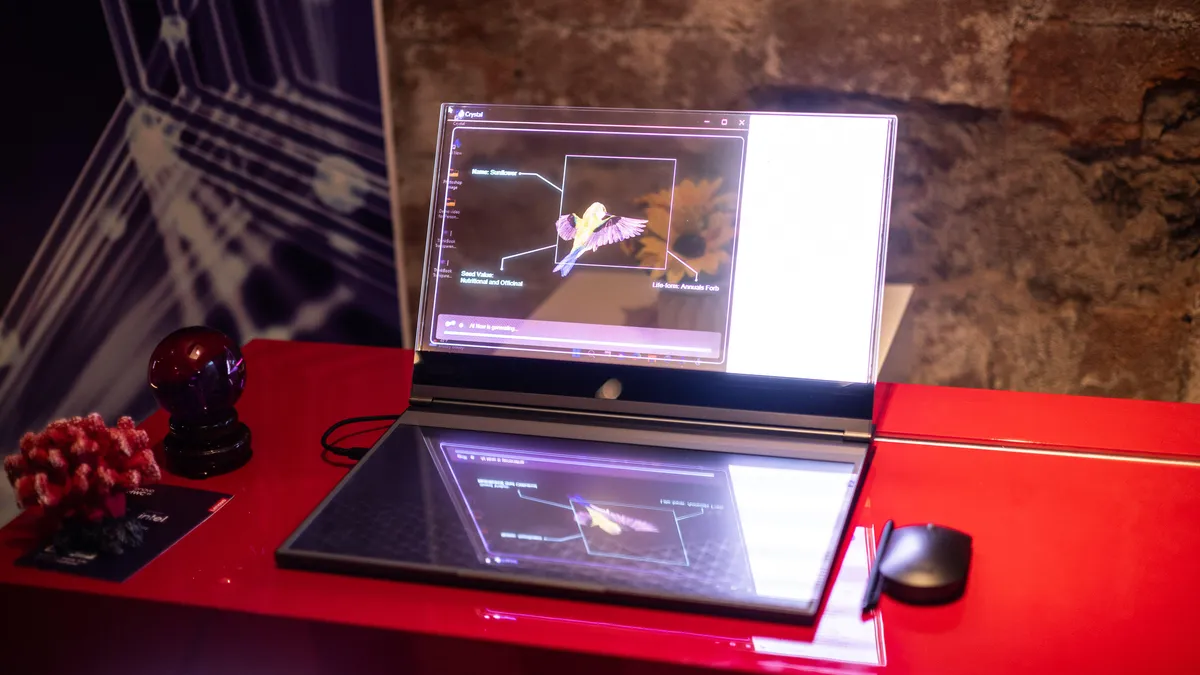My wife has had migraines for years. Here’s what she does to cope with the symptoms and get work done.
Nausea. A sharp pain in one side of the head. Light sensitivity that feels like you’re being stabbed in the eye. When a migraine headache has you in its grip, the last thing you may want to do is work on your laptop.
I don’t suffer from migraines, but my wife does, and has for years. Obviously, the last thing you want to do is stare at a screen. But if you have to, these are the tips that my wife swears by to make life more bearable.
1.) Isolate external lights
Migraine sufferers can experience severe light sensitivity, which is one of the triggers that we’re trying to reduce. But migraines can also be triggered by light on one side of the head. My wife tries to reduce the ambient light, but also either orient it so it’s hitting the less sensitive side of her head or at least strikes both sides evenly.
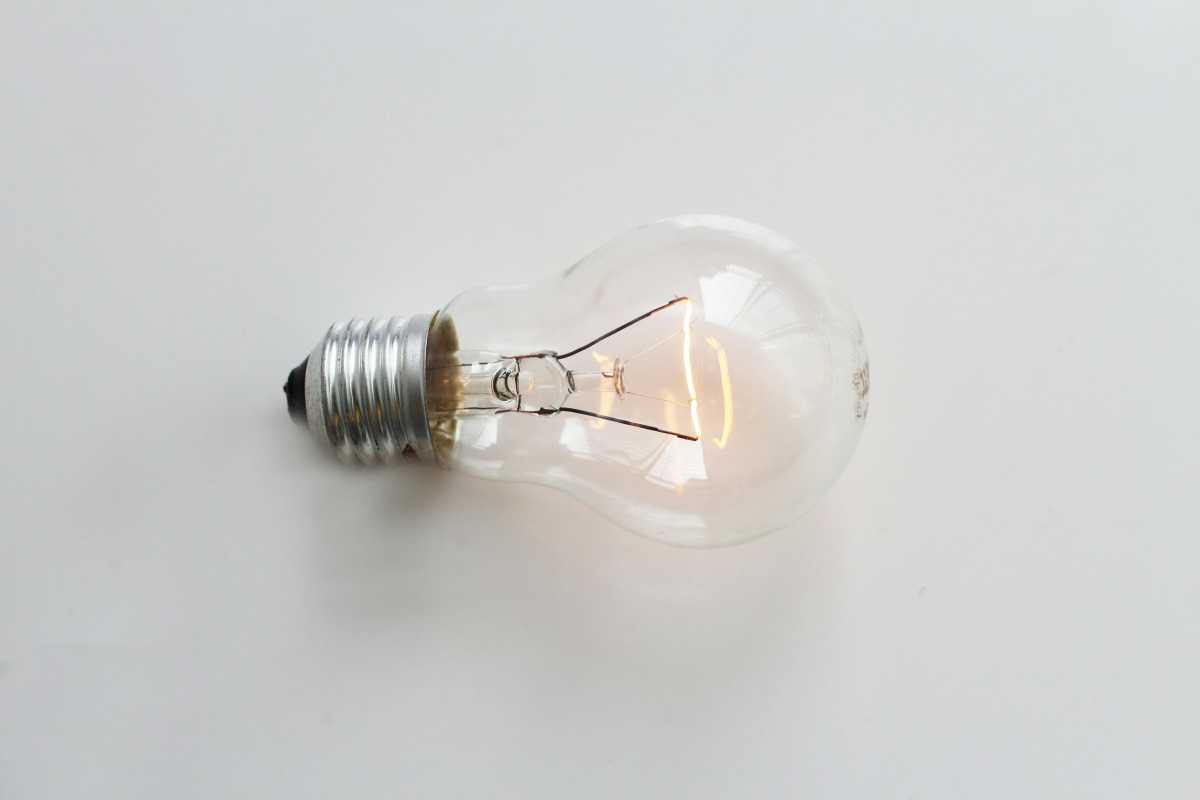
However, she does like enough light to see her keyboard. Artificial lights, though, can also be a trigger. Even though fluorescents and LED lighting can save tons of energy, my wife is still sensitive to flickering lights when migraines strike. For that reason, we still use many of the old, inefficient incandescent light bulbs. They’re harder to find, but you can still buy incandescent bulbs on Amazon and other sites.
2.) Turn the screen brightness down
Part of the light, of course, comes from the screen. My wife turns down the screen brightness on her laptop (Windows Settings > System > Display) until the screen’s brightness is comfortable, but the text and images are still legible.

Mark Hachman / IDG
Obviously, this will vary by individual.
3.) Turn the laptop’s blue light off using Windows’ Night Light
You might not be aware that you can manually reduce the amount of blue light coming from your laptop’s display by using the Night Light control within Windows (System > Display > Night light).
Migraine sufferers will probably want to immediately turn it on. Note that there’s a “strength” slider to adjust the amount of blue light that your laptop produces. Reducing the amount of blue light can help ease or prevent migraines, but reducing the amount of blue light your eyes see in the evening can also aid with sleep.
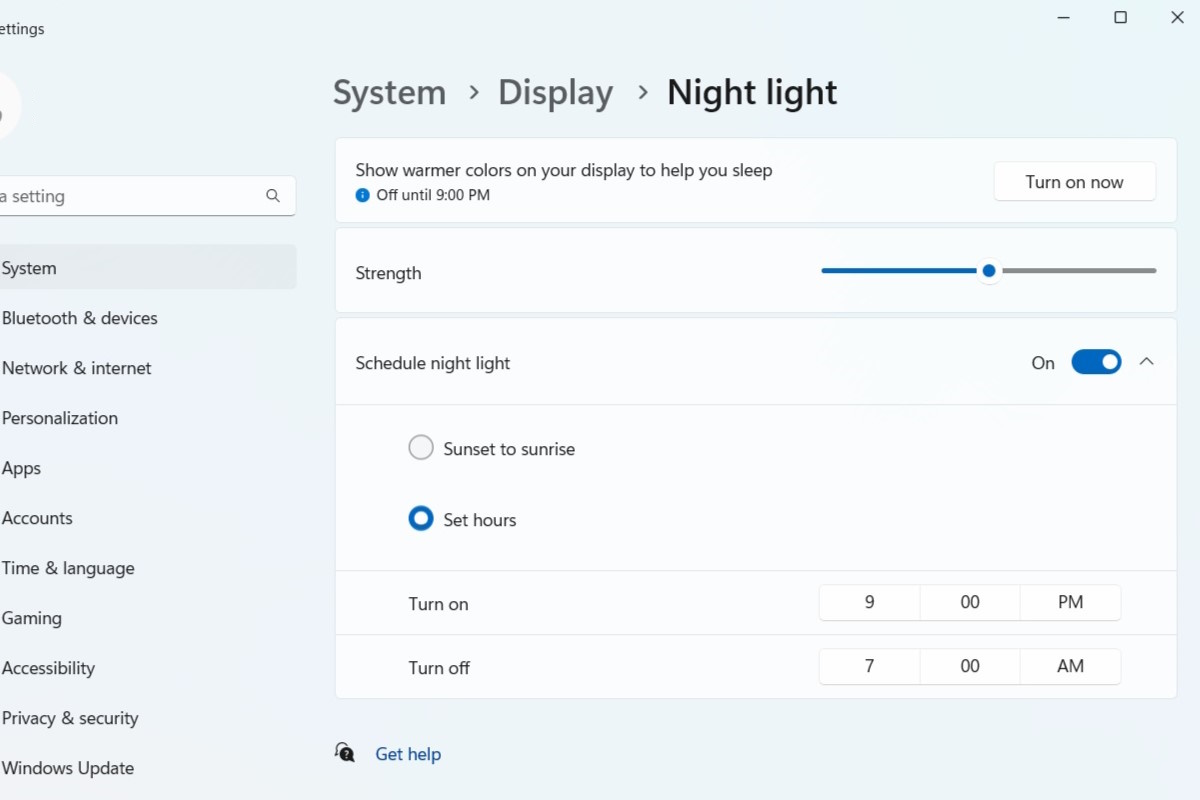
IDG / Alex Huebner
Dialing the blue light down can often give your laptop an oddly yellowish cast, but that’s a small price to pay for blessed relief. Samsung also claims that its “4X AMOLED” displays found on the Galaxy Book3 and Book4 laptop series naturally help filter out blue light, too.
You can also turn off the blue light on your phone, too. Don’t forget about that!
4.) Enlarge the text
As you can imagine, migraine sufferers want to reduce any strain put on their body. My wife enlarges the text on her display, even though she wears glasses.
You can easily increase the size of the text on your display via the Windows Settings (Accessibility / Text size) and adjusting the slider to a comfortable size.
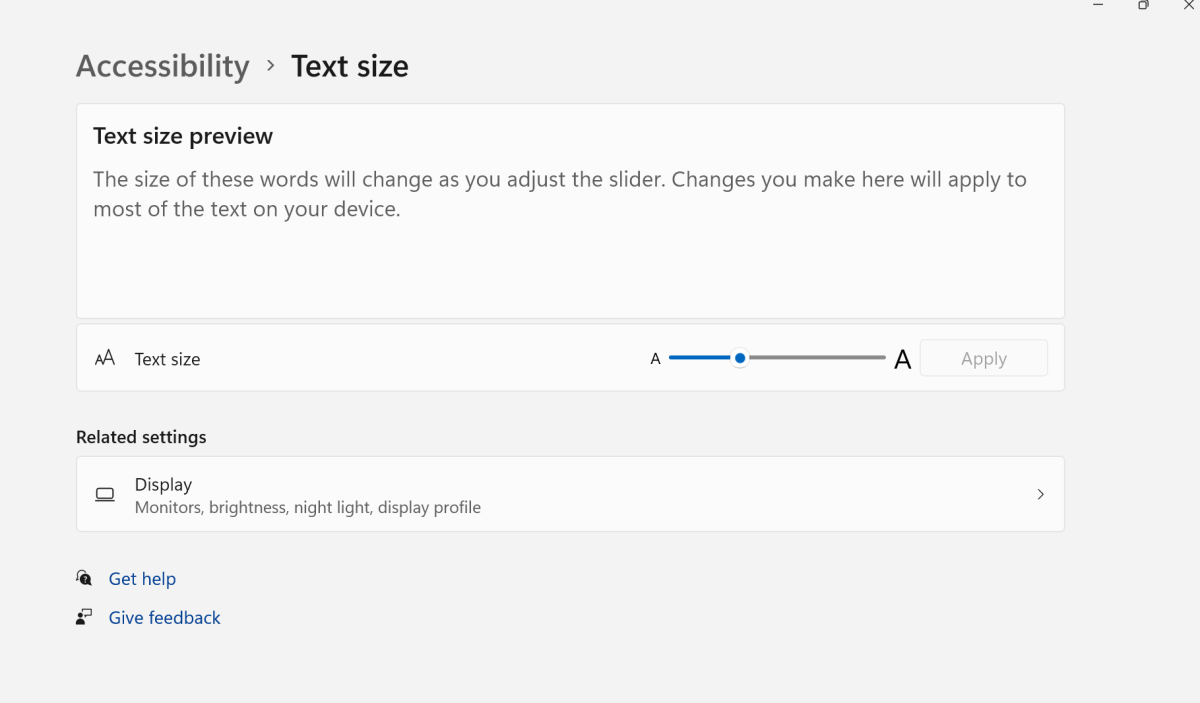
Mark Hachman / IDG
You can also change the scale of the items on your display — text, but also UI elements, too. That control can be found in the Settings (System > Display).
Be careful: stick to the drop-down options and don’t go messing around with custom settings. Windows will adjust the UI to 500% the normal size, if you ask it to — but then it might be too messed up to easily switch back. You already may have a migraine, but you don’t need another headache.
Trending for you

5.) Use green-lensed glasses like the MigraLens
If there’s one thing that has changed my wife’s life for the better, it’s a pair of $60 MigraLens green glasses. As Harvard’s Medical School noted in 2016, exposure to a narrow band of green light “significantly reduces photophobia and can reduce headache severity.” Since then, a number of blue-light blocking glasses and green-light glasses have come to market; according to my wife, who has field-tested a number of them, this is what works for her.
My wife describes these glasses as a “blanket for her brain.”
I can’t claim that they’ll work as well for you, but she’s turned into something of a MigraLens evangelist. She swears by them and wears them nearly all the time. Bonus: they’ll fit over a conventional pair of glasses (or at least hers).
6.) Turn off the sound
In addition to light sensitivity, migraine sufferers can experience audio sensitivity, too. Turning down the volume (or turning sound off entirely) can certainly help.
7.) Take breaks
Sometimes it can all be too much, and that’s okay. If you can, take a break. Lying down in a dark, silent room can help your brain settle down.
If you can’t take a break, however, these other steps may make your migraine tolerable. Unfortunately, a migraine can’t always be banished. But these other steps can help you get through the day, even with a migraine. Let’s hope so!


